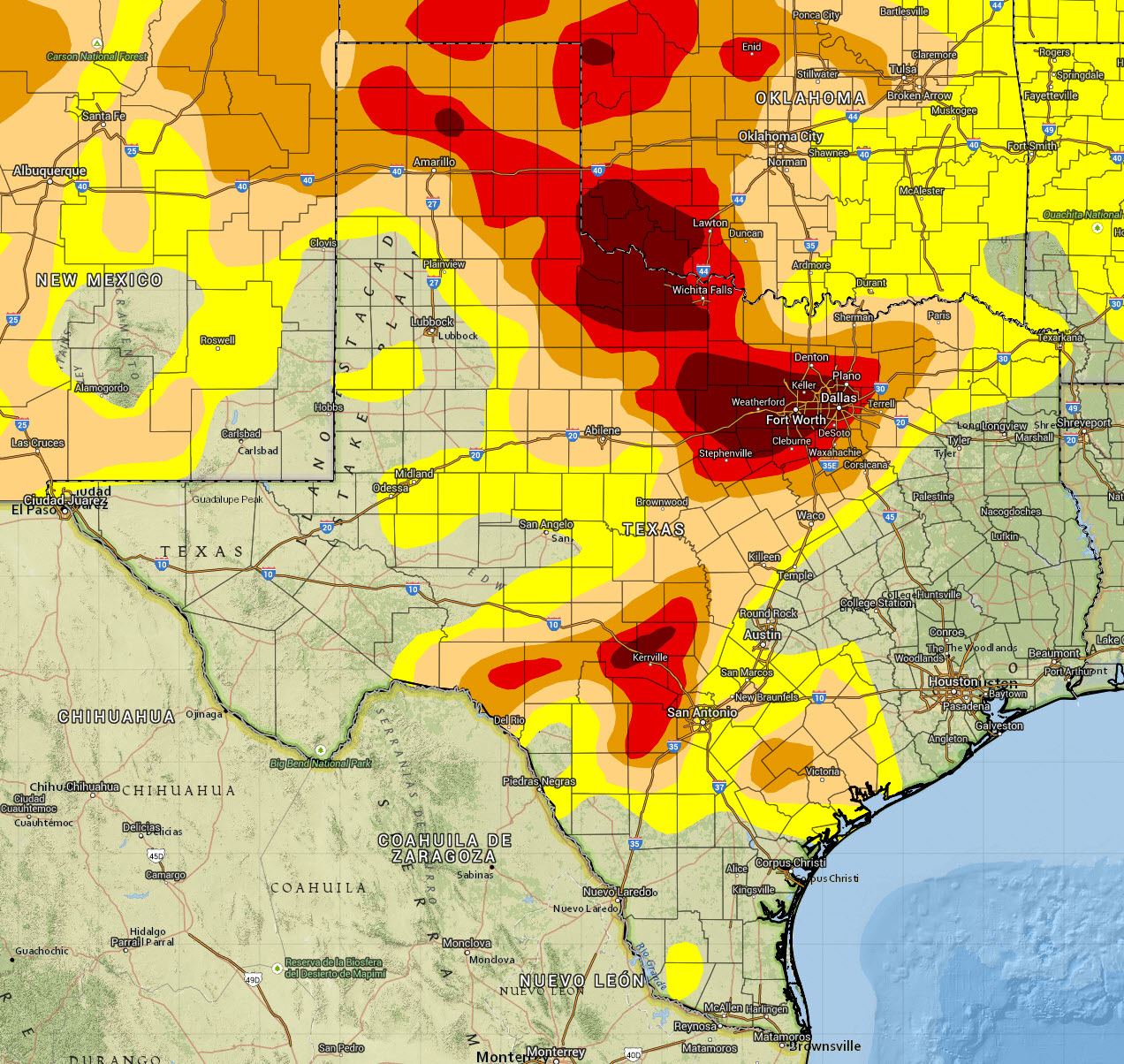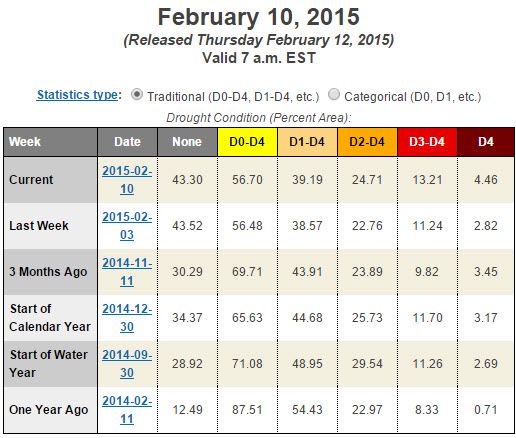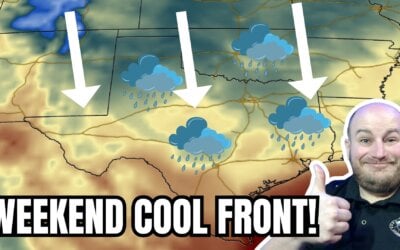With little in the way of appreciable rain over the past week along with very warm to record high temperatures this will not be a good drought monitor update. For the first time since 2006 exceptional drought conditions now include the city of Dallas. According to the NDMC lake levels are at historic lows for this time of year across North and Central Texas into the Hill Country. Record high temperatures across the Texas Panhandle resulted in slight degradation of drought conditions. Drought conditions worsened across South-Central Texas and the Hill Country due to the long-term drought impact on area lakes.
As we head into next week a major cold front along with several storm systems will result in below average temperatures with an above average chance for precipitation. While some minor relief may be noted I don’t see anything shouting out that next week will have any sort of major drought relief. With El Nino a bust we’re now having to rely on spring-time storms to help fill lakes before summer sets in. We really need good rains before summer.
Summary from the National Drought Mitigation Center
During the past week, generally dry conditions prevailed across most of the region with the exception of some light shower activity (less than one inch of accumulation) along the Gulf Coast regions of Louisiana and Texas. Temperatures across the region were well above normal in the western portions of Texas, while southeastern Texas and most of Louisiana and Mississippi experienced below-normal temperatures. During the weekend, well-above-normal temperatures were observed in the Texas Panhandle including record high temperatures in Amarillo (83°F) and Lubbock (84°F), according to the National Weather Service. On the map, unseasonably warm temperatures during the last 30 days led to some minor degradation of areas of Moderate Drought (D1) and Severe Drought (D2) in the northern portion of the Texas Panhandle. In north-central Texas and the Hill Country, many of the area reservoirs are at or near historic lows for this time of year. According to Water Data for Texas, the Austin area reservoirs are currently 38% full. In response, one-category degradations were made in these areas to reflect long-term hydrological impacts. Elsewhere in the region, short-term precipitation deficits and below-normal streamflow activity led to expansion of areas of Abnormally Dry (D0) in Arkansas and northern Mississippi as well as areas of Moderate Drought (D1) and Severe Drought (D2) in Tennessee.






0 Comments